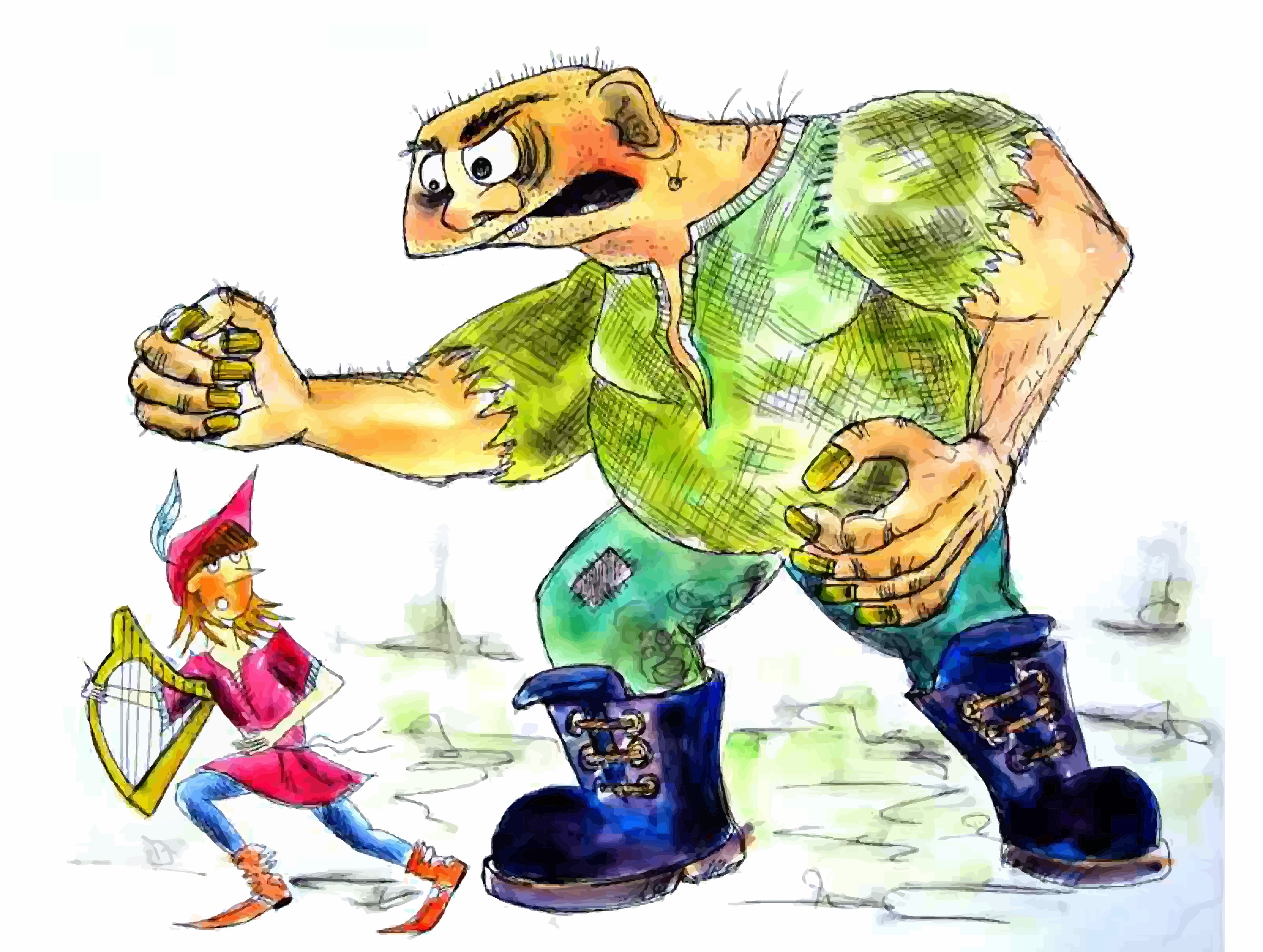Orienteering
Healthy, energetic, fun, challenging, active, entertaining and satisfying are just a few of the words Year 4 used to describe their orienteering experie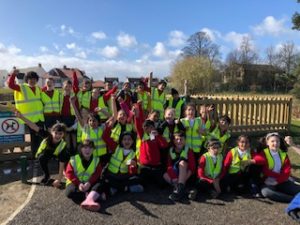 nce this week.
nce this week.
It was great to work in the new park which is right next to our school. The children were given several different maps and had to use these to navigate around the site.
When we got back to school, the class nominated members of their teams for golden tickets.
‘I’d like to nominate…
- …Jemima because she supported another member of her team.’
- …Sami, for keeping going.’
- …Isabella for resilience.’
- …Kashif, because he was a strong team member.’
- …Leo, because of his communication skills.’
- …Felix, Because he offered to be my partner.’
- …Emma, for being so enthusiastic.’
- …Liam for non stop running.’
- …Albie for great problem solving.’
- …Musa, for pure determination.’
- …the whole class for giving it their all and working well together.’
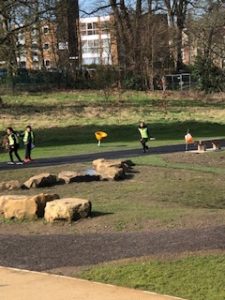
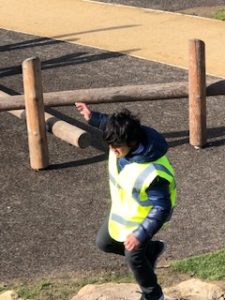

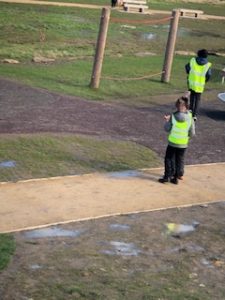
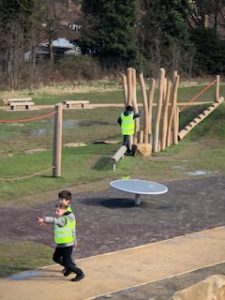
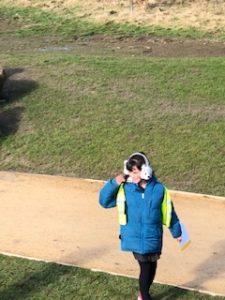
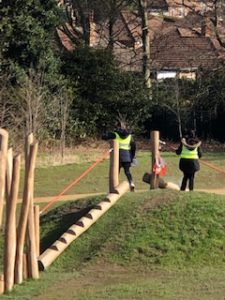
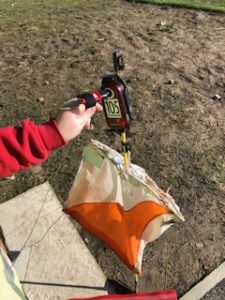
My Amazing Brain
Today, we were very lucky to have a student from Leeds University come into school to teach us all about the brain.
The brain is where we do our thinking. All our senses are tied into our brain allowing us to experience the outside world. We remember, have emotions, solve problems, worry about things, dream about the future, and control our bodies in our brain. Using a model, the children studied the different sections of this awesome organ.
How does the brain communicate?
The brain is part of the nervous system. Together with the spinal cord, it makes up the central nervous system. The brain connects to nerves that travel throughout the body. Nerves from our senses (hearing, seeing, touch, etc) send signals to the brain to let the brain know what is going on in the outside world. The brain also sends signals using nerves to muscles in order to make our body move.

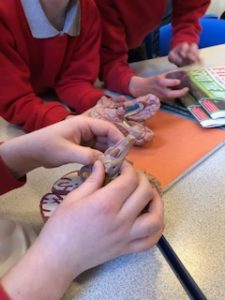

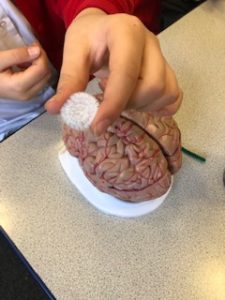
Year 4 made their own models of a neuron using pipe cleaners. The human body is made up of trillions of cells. Cells of the nervous system, called nerve cells or neurons, are specialized to carry messages around the body. The human brain has approximately 86 billion neurons!
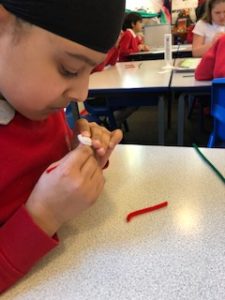

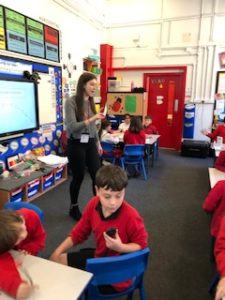
Test your brains.
What does the brain do?
- store memories
- form emotions
- solve problems
- control the body
- all of the above
Which of the following is NOT a function that is controlled by the brain stem?
- breathing
- digestion
- vision
- heart rate
- blinking
Which of the following should you do to keep your brain healthy?
- eat healthily
- exercise
- drink lots of water
- do challenging activities, such as puzzles, reading, playing music, making art, or anything else that gives your brain a workout
- all of the above
How did you do?
School Savings Club paying in dates
Please note a change of day for the remaining School Savings Club paying in dates.

If your child has a School Savings Club account, we hold paying in sessions on the penultimate week of every half term.
Thursday 18 October 2018 3.15-3.45pm
Thursday 13 December 2018 3.15-3.45pm
Thursday 07 February 2019 3.15-3.45pm
Wednesday 20 March 2019 3.15-3.45pm
Wednesday 15 May 2019 3.15-3.45pm
Wednesday 10 July 2019 3.15-3.45pm
If you are unable to attend in person, please hand in any money to be paid in, to the office in a sealed envelope addressed to Mrs Tiffany.
If you would like your child to open an account, please enquire at the office. Pupils in Year 3 can still take advantage of the £10 incentive offer.
Costumes
Rehearsals for our upcoming production, are now in full swing! This week, we’ll send home costume suggestions for some of the characters. We’d be very grateful for any help in getting these together. Please let us know if you are unable to provide items and we will try to sort this.
Living and Learning – body image guide for parents and carers
Our focus in Living and Learning, for the rest of this half term, is body image.
What is body image?
Body image describes our idea of how our body looks and how we think it is perceived by others. This can include our thoughts and feelings about our height, weight, shape, skin colour, and our appearance and attractiveness more broadly.
This parent and carer guide has been designed to give practical ideas to support your child in building their emotional resilience in this area.

Great competitors
Well done to pupils who have represented school recently in sporting competitions.
Congratulations to our Year 3 qualifier in the West Yorkshire cross country final. She ran a fantastic race at the event at Temple Newsam.
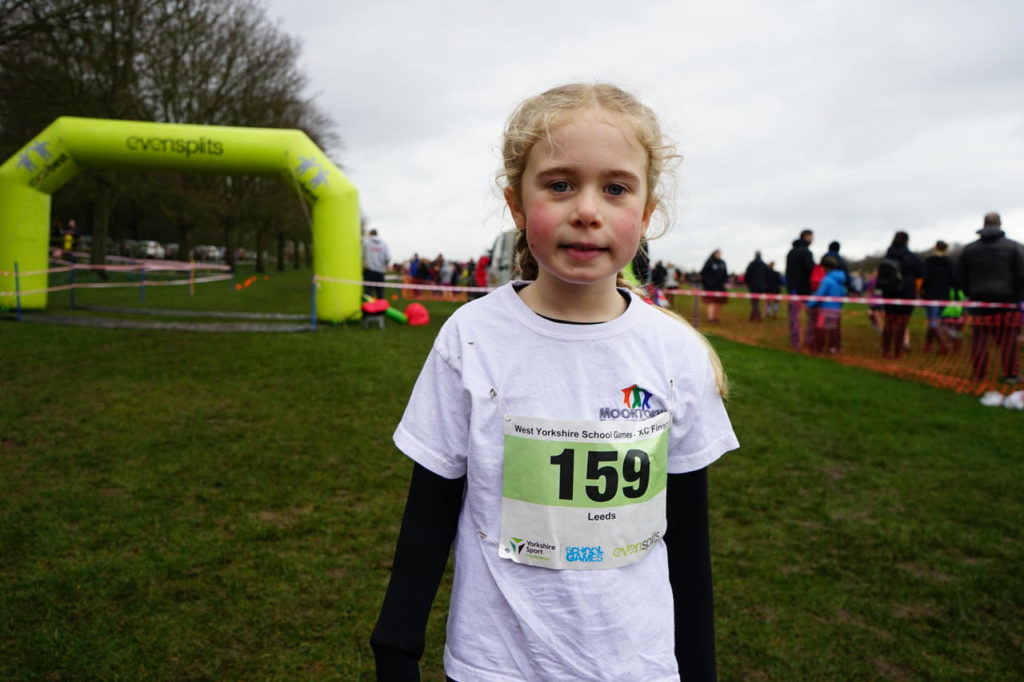
In wet conditions last Friday, our Year 5/6 hockey team competed in the Leeds Quick Sticks competition. Well done to all the children involved.
Thank you to parents and carers who supported these events by transporting the children.
Why is travelling actively to school important?
Sustrans have recently published this article about the importance of travelling actively to school.
With just two weeks to go, Sustrans Big Pedal, is one way we will be encouraging active journeys this term alongside our year round Living Streets WOW sustainable travel initiative where the children record how they travel to school on our daily travel tracker.
Sustrans Big Pedal is the UK’s largest inter-school cycling and scooting challenge, that inspires pupils, staff and parents to choose two (or three) wheels for their journey to school. We would love everyone to be involved. For the first time, walking (and park and stride) will be counted alongside cycling and scooting.
This year’s Big Pedal will run for five days, from 25th March to 29th March.
You might also be interested in a current bike promotion from our local Edinburgh Bicycle Cooperative branch.

The story so far…………….
Last week, for their homework, the children were asked to present a summary of our class novel so far. Today, we celebrated each other’s work and made comments in their books. Below are just a few examples of some of the fantastic creations.
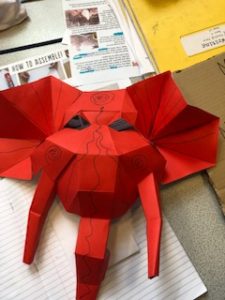


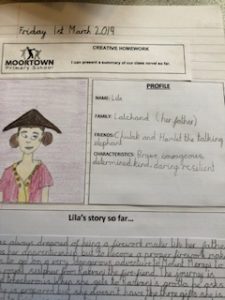
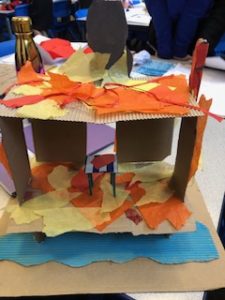
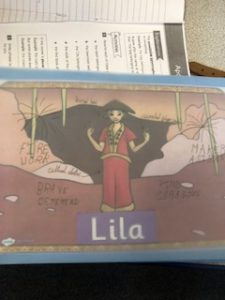
We all miss you!
As some of you are already aware, we have been without a member of our class for most of this school year. This has been due to illness that has required lengthy hospital stays, treatments and many different medications. Despite all of this, our much missed friend has remained positive and determined to overcome her illness. We are pleased to report that progress is great and we are looking forward to welcoming our classmate back soon.
Today a small group of children walked down to pay a visit and showcase their World Book Day costumes. Due to the risk of infection, the children just had a quick wave through the window.
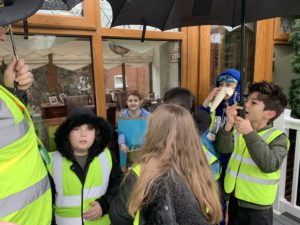


Apostrophes
This week, we have been focusing on the correct use of apostrophes.
The children need to be able to use this punctuation mark within their writing accurately. In English, we use apostrophes in two ways, to show possession and to show contraction (or omission).
Apostrophes are used to tell us that something belongs to someone.
For example, if you were talking about a football belonging to Ben, you would say ‘Ben’s football’.
There is only one of Ben, so this is called singular possession.
In Year 4, children move onto using apostrophes to show plural possession.
If there are two or more people owning something, an apostrophe is needed to show plural possession. In this case the apostrophe goes after the plural owners, so if a group of girls each own a hat and you want to talk about all these hats, you would say ‘the girls’ hats’.
Apostrophes to show contraction or omission
If we put two words together and miss out some letters, we need to add an apostrophe where the missing letters are. For example: ‘do not’ would change to ‘don’t’, the contracted form.

During our lesson, the children attempted an apostrophe puzzle. Communication was a necessary skill required to master this tricky, hexagonal jigsaw. Well done everyone!
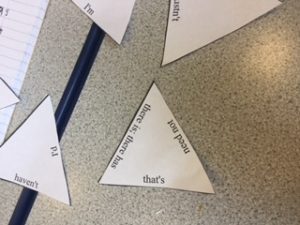
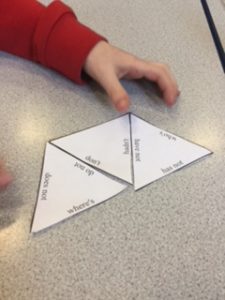

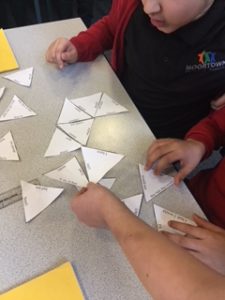
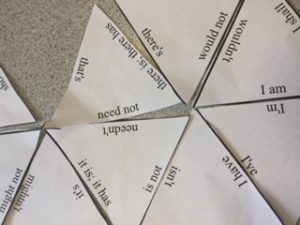
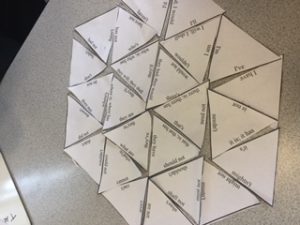

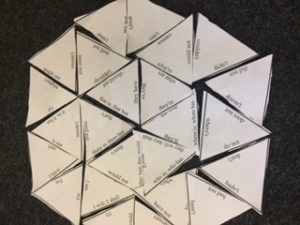
Quiz your child on the sentences below. Where does the apostrophe need to go? Can they explain why?
Group or singular possession?
This is Janes cat.
The man stole the ladies handbags.
The womens meeting began at eight.
The little ducks feathers were very soft.
The cars wheels had fallen off.
Marks hair was wet.
Class Fours classroom was very tidy.
